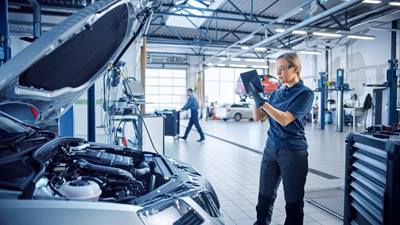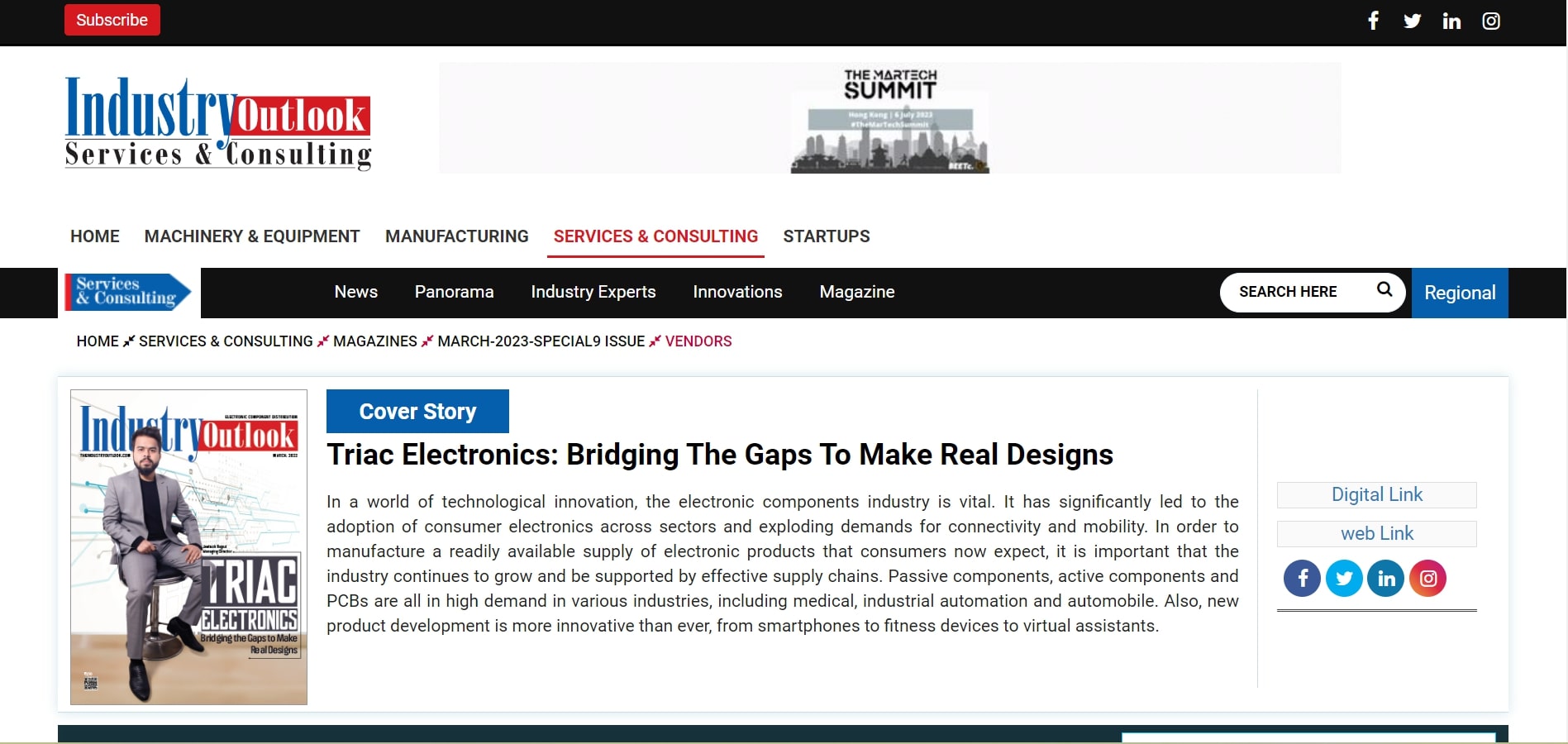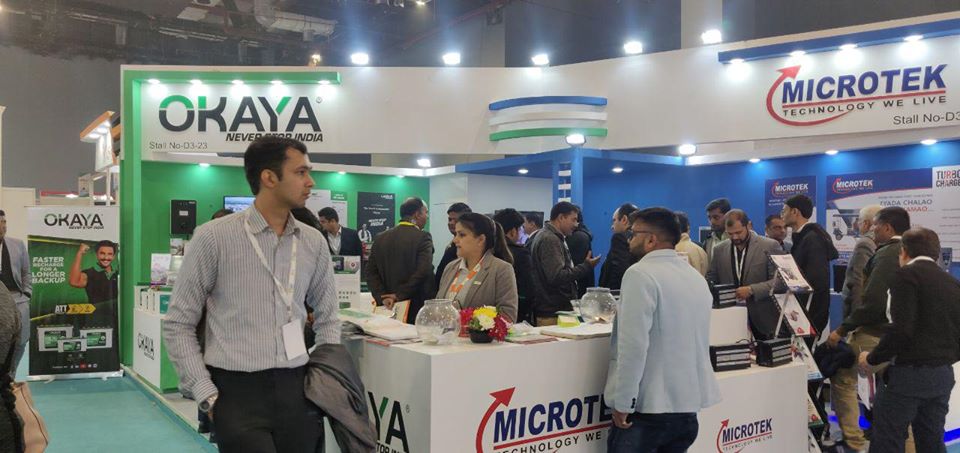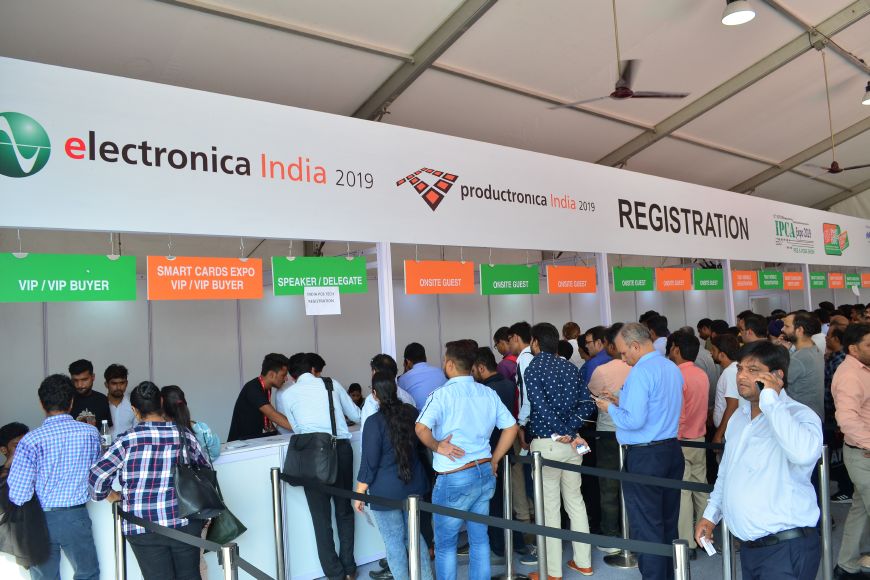Connectors for the Stable Operation of Vehicles
With the increasing use of electronic equipment in vehicles, combined with the development trends of electric vehicles, electronic devices are increasingly used in vehicles, so more and more connectors are needed to maintain the stable operation of the system. This article will show you the application trends of automotive connectors, and automotive connector solutions introduced by Amphenol LTW.
Connectors used in vehicles are increasing day by day
In general, there are nearly one hundred types of connectors used in ordinary vehicles, and about several hundred connectors are used in a single model. As people have higher and higher requirements for automobile safety, environmental protection, comfort and intelligence, automotive electronic products are increasingly applied, showing a rapid growth trend in the number of applications for automotive connectors. At present, automotive connectors account for about 15% of the connector industry in the world, and it is expected to occupy a large proportion in the future driven by automotive electronic products. In the future, each vehicle will use 600-1,000 electronic connectors, far greater than the quantity used today.
As a type of device with a complex structure, a car is composed of various functional modules, in which a wide range of connectors are needed. For example, DRL (daytime running lights), turn signal indicator lights, parking lights, signature lighting and rear lights in automobile lighting, wipers, turn signals, and cruise control in the steering column switch, parking sensors, around view monitoring and data video recorders in camera modules and transmission control units in the powertrain, as well as various pressure sensors, keyless entry sensors, electronic door handles, and touch screen displays, audio/video interfaces and navigation in the infotainment system, and battery FPC/PCB modules in the battery management system all need various connectors to transmit power and signals.

Automotive connector standards help improve product quality
The automotive industry has also defined various specifications for various devices to ensure that various devices can cope with the harsh automotive application environment. In particular, standard specifications are also developed for connectors to ensure that they can operate stably in the automotive environment. The main connector standards worldwide are for Germany and America. LV is a working group, which is jointly established by the relevant working groups in Audi, BMW, Daimler, Porsche and Volkswagen, and has jointly formulated many standards.
LV214 is mainly used to standardize the low-voltage connectors of traditional vehicles and addresses the ability of terminals to be effectively evaluated by crimp force monitors. Terminals that meet the requirements must show certain crimp force characteristics in machining, so that the monitors can detect error modes, monitor the quality of terminals, and ensure that there is appropriate pressure during wire harness machining, so as to be used in automotive wire harness applications and ensure the stability of the system.

Connectors that meet the stringent environmental requirements of vehicles
Founded in 1932, Amphenol, which is well-known in the connector field, is the world's major manufacturer of electronic and optical fiber connectors, cables and interconnection systems. In 2010, Amphenol acquired LTW and established Amphenol LTW to provide various cost-effective connector solutions for various stringent and harsh environmental requirements.
In view of the harsh environment of automotive applications, Amphenol LTW introduced the ZConnect series of connectors, which are LV214 compliant. Their total height is no more than 8 mm, which can save space. It is designed according to the automobile specification of LV214 (VW75174). Its options include 8 to 40 terminals. A single contact terminal can withstand up to 1 A current, can provide up to 120V DC voltage, and has a spacing of 0.9/1.8/2.7 mm. It can also provide customized options for mated or unmated waterproof IPx7 terminals.

High-quality materials can meet the requirements of vehicle specifications
The ZConnect series of connectors are composed of flexible printed circuit boards (FPCs), wire-to-board and flexible flat cable (FFC). They feature an anti-vibration design and multiple contacts, which can save costs and space. With a miniature and low profile design (the maximum height of mated is 8mm), they are provided with an automatic sound feedback design when locking, and their blind mate design can improve assembly efficiency. The operating temperature is -40? to 110?.
The ZConnect series of connectors have plugs and receptacles made of high temperature thermal plastics and terminals made of copper alloys, with a maximum contact resistance of only 40m?, a minimum insulation resistance of 50m? at 500Vdc, a maximum acceptable insertion force of 2.5 Kgf, and a minimum required removal force of 0.5 Kgf, as well as being ROHS compliant. They may be used for battery management systems, medical equipment, commercial and military uses and automotive market, etc.
Conclusion
With the increasing development of automotive electronization, automotive electronics will become one of the main sources of vehicle failures. Therefore, the quality requirements for automotive electronics are higher and higher. As vehicles are facing harsh use environments such as high temperature and vibration, connectors must also comply with the relevant standards and specifications, so as to reduce the system failure caused by loose wire harnesses. Amphenol LTW's ZConnect series of connectors are LV214 compliant and can meet the stringent requirements of automotive application environments. It is worthy of your further in-depth understanding and selection.
12-Jul-2022





